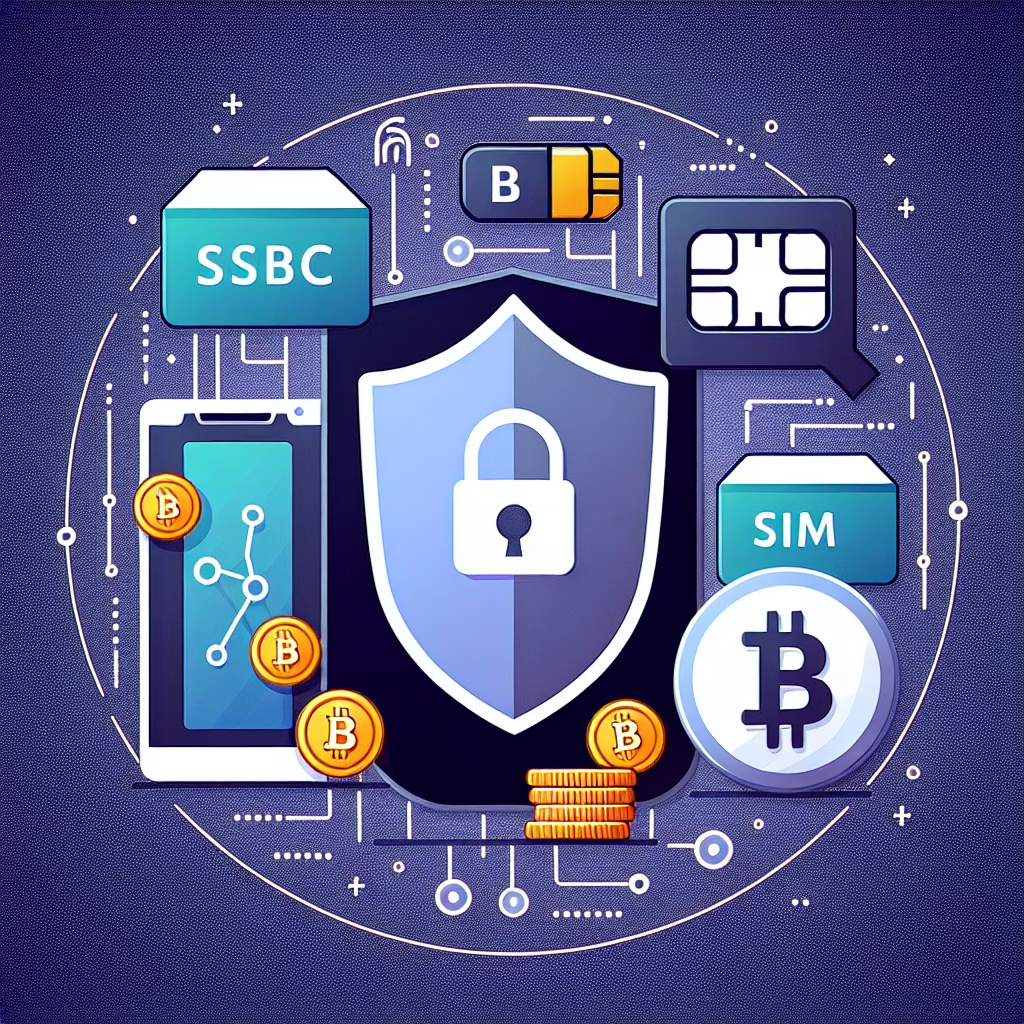protecting crypto from sim swap attacks
Summary:
A SIM swap attack is a growing threat in the cryptocurrency world, where hackers hijack phone numbers to bypass two-factor authentication (2FA) and steal funds. This article explains how these attacks work, why they are dangerous for crypto holders, and best practices to protect your assets. Whether you hold Bitcoin, NFTs, or meme coins, understanding SIM swapping is crucial to safeguarding your investments. Beginners and seasoned crypto users alike can benefit from proactive security measures to prevent financial loss.
What This Means for You:
- Your phone number is a security weak point: Many exchanges and wallets use SMS-based 2FA, making your phone number a prime target. If compromised, attackers can reset passwords and drain your crypto holdings within minutes.
- Switch to app-based authentication immediately: Replace SMS 2FA with Google Authenticator or Authy to reduce reliance on cellular networks. Enable biometric security layers where possible.
- Keep personal info private on social media: Hackers often gather clues from public profiles to impersonate victims when requesting a SIM swap. Lock down privacy settings and avoid oversharing.
- Future outlook or warning: Authorities are cracking down on SIM swap fraud, but attacks remain rampant due to poor telecom security protocols. New phishing techniques emphasize urgency—stay vigilant against suspicious calls or texts regarding “SIM upgrades.”
Explained: protecting crypto from sim swap attacks
How SIM Swap Attacks Work
A SIM swap attack occurs when a fraudster convinces a mobile carrier to transfer a victim’s phone number to a malicious SIM card under their control. Attackers exploit weak customer verification protocols at telecom providers, often using leaked personal data or social engineering. Once they switch the number, they intercept SMS authentication codes needed to access crypto exchanges, email accounts, and digital wallets—bypassing passwords.
Why Crypto Holders Are Prime Targets
Cryptocurrency transactions are irreversible, making them highly attractive to thieves. Unlike traditional banks, decentralized platforms rarely offer fraud reimbursement. Hackers exploit SMS-based 2FA—common in Binance, Coinbase, and NFT marketplaces—to swiftly drain wallets. High-profile influencers and NFT collectors face elevated risks due to public profiles detailing their holdings.
Critical Defense Strategies
- Use hardware wallets: Store large crypto sums offline in Ledger or Trezor devices, isolating them from network-based attacks.
- Port-out PINs with carriers: Request a unique transfer-blocking PIN from your telecom provider to prevent unauthorized SIM swaps.
- Monitor account activity: Enable transaction alerts and regularly audit linked devices on exchanges like Kraken or MetaMask.
Limitations of Current Protections
Despite precautions, telecom employees may still authorize fraudulent swaps under pressure. Some jurisdictions lack stringent verification laws—attackers exploit regional carrier vulnerabilities. Degraded support for landline 2FA also harms older investors reliant on non-mobile backups.
People Also Ask About:
- Can you recover crypto stolen via SIM swap?
Recovery is unlikely unless the thief leaves traces on centralized exchanges. Report incidents immediately to platforms and law enforcement—some track stolen funds via blockchain forensics. However, decentralized wallets lack recourse options. - Does a VPN prevent SIM swapping?
No, a VPN protects internet traffic but doesn’t secure your phone number. Combine VPNs with authentication apps and hardware keys for multilayered security. - Should I avoid SMS 2FA entirely?
Yes—prioritize app-based authenticators or hardware keys. SMS 2FA is the weakest link; services like Google Authenticator generate offline codes. - Are eSIMs safer than physical SIMs?
Marginally—eSIMs reduce physical theft risks but remain vulnerable to social engineering. Always pair them with a port-out PIN.
Expert Opinion:
SIM swap attacks underscore systemic failures in telecom and crypto security. While blockchain itself is secure, centralized exchange integrations create exploitable gaps. Users must adopt zero-trust principles, treating mobile carriers as potential threat vectors. Emerging solutions like decentralized identifiers (DIDs) may eventually replace carrier-dependent authentication, but until then, proactive self-custody measures are non-negotiable.
Extra Information:
- FCC Guide to SIM Swap Fraud – U.S. regulatory tips on preventing and reporting SIM hijacking.
- Ledger Academy – Tutorials on securing crypto with cold wallets and avoiding phishing traps.
Related Key Terms:
- how to prevent SIM swap attacks cryptocurrency
- best 2FA apps for NFT security
- SIM swap attack recovery steps
- port-out PIN for crypto protection
- secure Bitcoin storage against SIM swapping
#Protect #Crypto #SIM #Swap #Attacks #Essential #Security #Tips
Featured image generated by Dall-E 3




